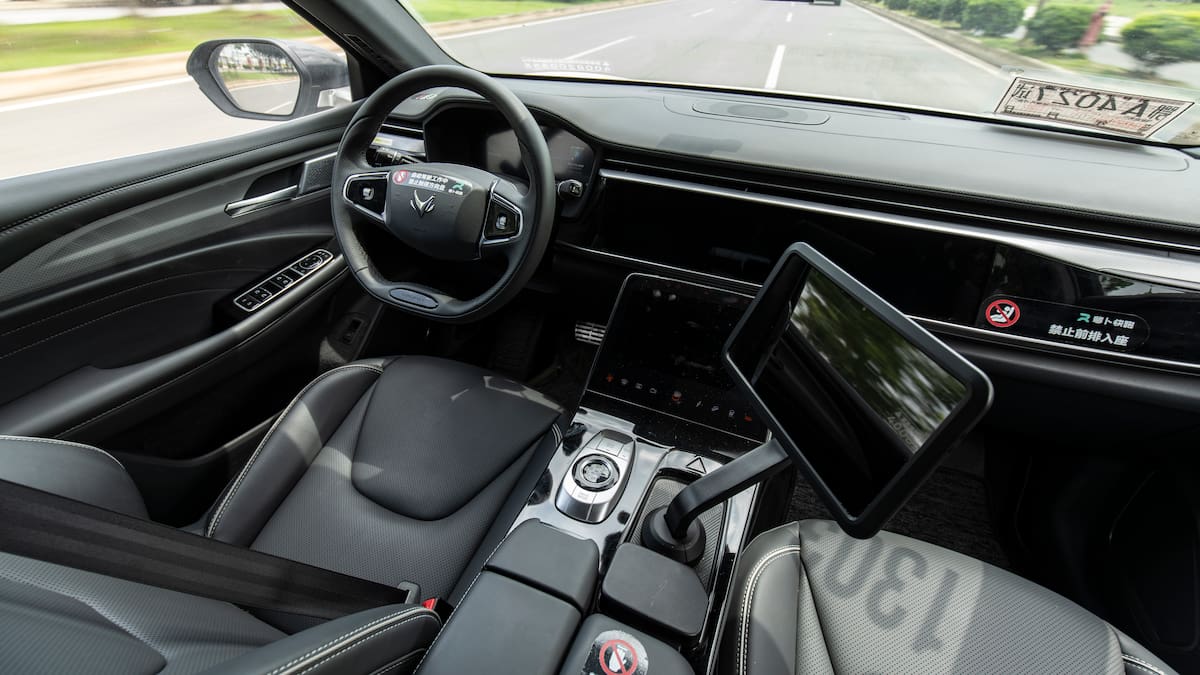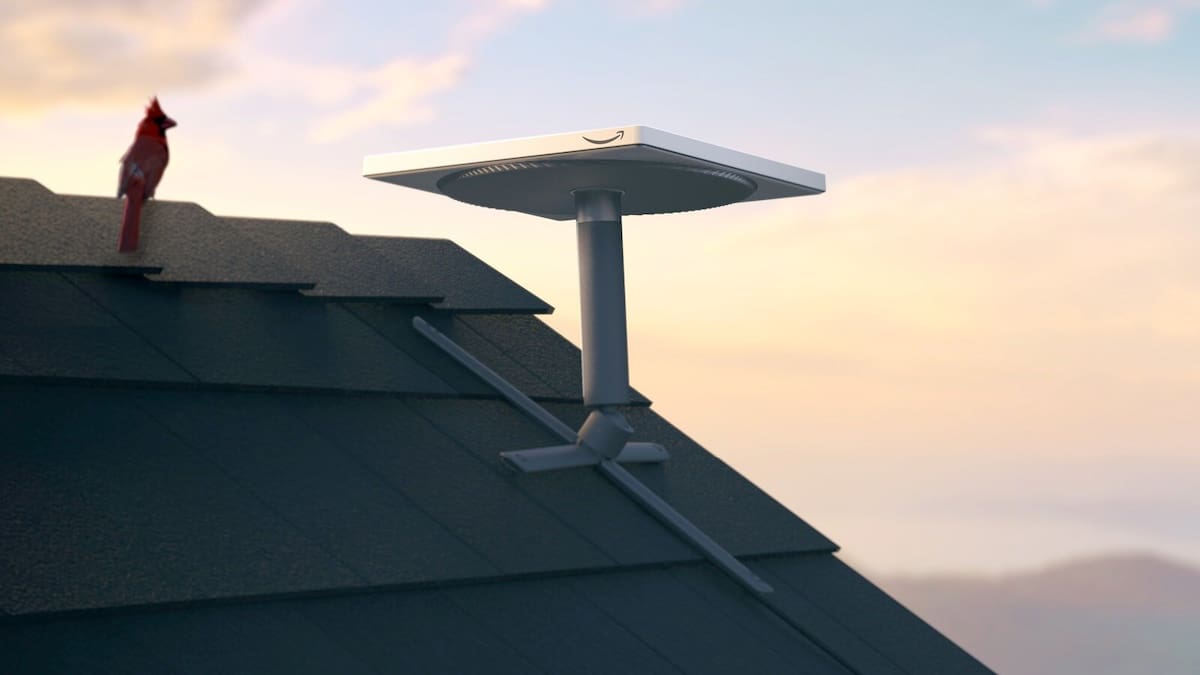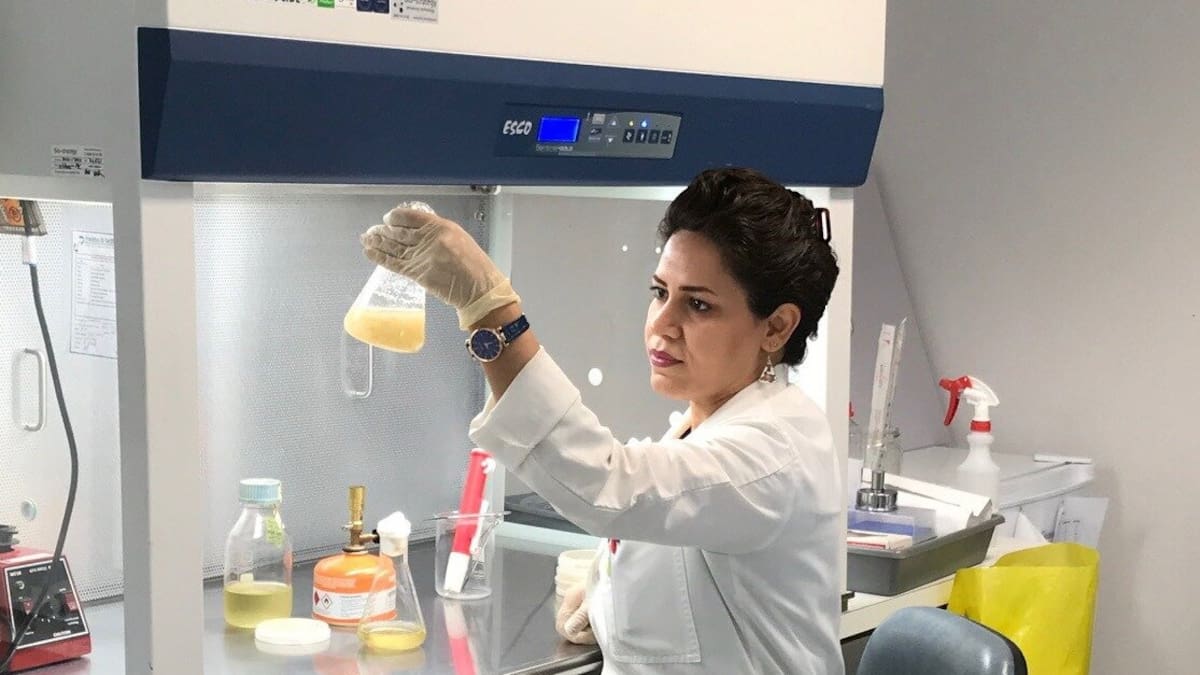Momenta will soon provide assisted driving technology to Chinese company IM Motors for its cars sold in Britain.
While Momenta has not specified the model Uber will be using, it has already signalled it will choose a Chinese model.
In China, “the pace of development and the pressure to deliver at scale push companies to improve quickly,” said Gerhard Steiger, the chair of Momenta Europe.
China’s state-controlled banking system has been lending money at low interest rates to the country’s electric car industry in a bid for global leadership.
Chinese driverless cars are starting to move into other markets as well.
Baidu and Uber announced last month that they would start offering their self-driving cars this year in Asia outside China and in the Middle East.
Automakers in China have not yet tried to offer driverless cars in the United States.
That is partly because of concerns about the high costs of personal injury lawsuits and the 100% tariffs imposed last year on electric cars imported from China.
In addition, the US, citing security, severely limited in January the use of Chinese assisted-driving systems.
For navigation, the cars use cameras that take dozens of high-resolution images per second of the road and roadside areas.
Automakers and software companies have said that very little information from these photos is uploaded or stored.
But collection of the data has raised concerns among US policymakers and companies. China also has stringent restrictions on driving-related data.
Elon Musk, chief executive of Tesla, began offering driverless cars in Austin, Texas, in June.
Waymo, formerly known as the Google self-driving car project, also has driverless cars in Austin as well as Los Angeles, San Francisco, Phoenix and Atlanta.
In Europe, Volkswagen has said it is developing a driverless version of its electric ID. Buzz minivan.
But automakers outside China face very high costs for radars, cameras, and other technology required for so-called robotaxis.
The price of the electric cars themselves is also higher. An ID. Buzz, without self-driving gear, retails for US$62,000 to US$72,000. The somewhat smaller Jiangling RT6 is less than US$30,000 ($51,000).
Self-driving car experiments are already under way in more than a dozen Chinese cities and are being conducted by at least 19 automakers.
Last year, Baidu turned its experiment in Wuhan, a city in central China, into the world’s largest.

The Chinese Government has backed the technology. The government sets demands on the safety of driverless technology and has used censorship to suppress online discussion of crashes and other safety incidents. And China’s legal system makes it difficult to win large verdicts from car manufacturers.
As a result, Chinese companies are accumulating databases of real-world driving they can use to train their autonomous driving models. Momenta and Baidu trained their driverless car systems in China.
In the US, personal injury lawyers have begun focusing on the industry.
Last week, a jury in Florida found that flaws in Tesla’s self-driving software bore one-third of the responsibility for a crash in 2019 that killed a 22-year-old woman and severely injured her boyfriend.
The jury verdict, if upheld on appeal, would require Tesla to pay as much as US$243 million in punitive and compensatory damages to the woman’s parents and to her boyfriend.
Driverless technology works better with electric cars than with fuel-powered cars. This is because computers can vary the power going to the wheels in an electric car extremely quickly. China is the world’s main producer of electric cars.
Expanding robotaxi services to new cities, not to mention new countries, is not easy.
While the individual cars do not have drivers, they typically require one controller for every several cars to handle difficulties and answer questions from users. And the cars often need to be specially programmed for traffic conditions unique to each city.
Lyft and Baidu nonetheless said they had plans for “the fleet scaling to thousands of vehicles across Europe in the following years”.
This article originally appeared in The New York Times.
Written by: Keith Bradsher
Photographs by: Qilai Shen, Keith Bradsher,
©2025 THE NEW YORK TIMES






